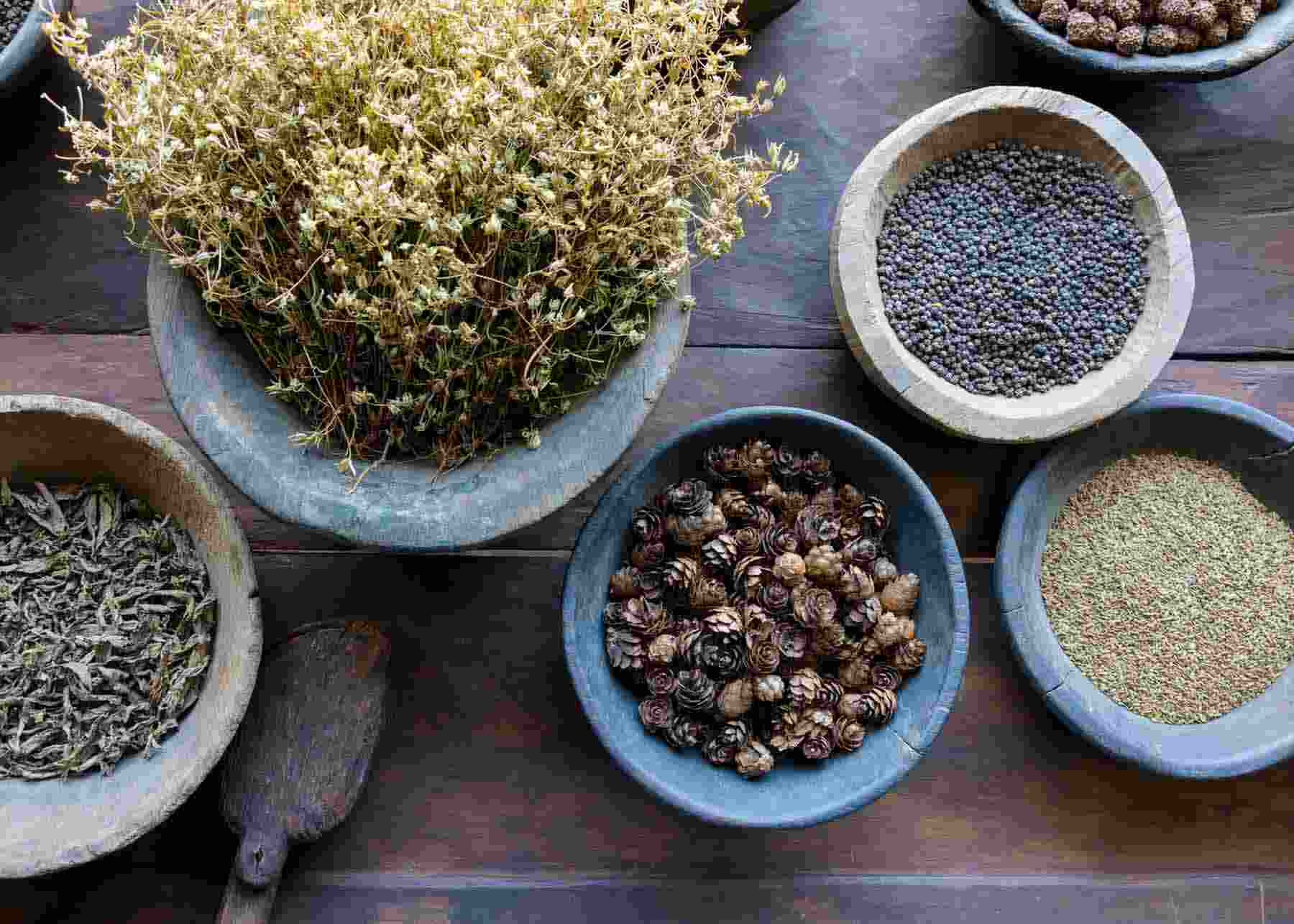Feeling flighty, nervous or jittery? I'm sure you have all heard numerous times how you should just "take a deep breath and slow down." Admittedly, when I used to hear this, I would just respond to the advice with a dramatic eye-roll.
However, to quote a fellow student from my yoga teacher training, "that breathing shit really works." From the Ayurvedic perspective, when one "presents" with symptoms of restless sleep, nervousness, or a wild and active mind, this is an aggravation of vata dosha. Vata is comprised of the elements ether and air and is the only dosha that has movement. The qualities that make up vata are similar to those you would experience on a January day in Northern New England: dry, cold, light, rough, subtle and mobile.
One of the tenets of Ayurveda is that like increases like, and opposites decrease. So, if one conducts their life in a manner that takes on too many of these vata qualities, vata will inevitably begin to vitiate and your eye may begin to twitch. What does a vata aggravating lifestyle look like?
- Irregular routine
- Too much movement (e.g. running, any pounding repetitive movement, vigorous yoga)
- Going non-stop
- Overbooking oneself
- Multi-tasking
- Taking in too much information through the senses (think tv, computers, loud music, driving, talking, etc.)

I recognize that many of these activities are out of your control. Some of you have to work on a computer all day or deal with a painful hour-long commute and need that hard run to let off some steam.
But, there's hope, and it's free and easy. I give to you the gift of Nadi Shodhana, or alternate nostril breathing. This is a simple breathing technique, or pranayama, that works to balance the right and left or masculine and feminine hemispheres of the brain and serves to significantly pacify vata. Nadi shodhana relaxes the sympathetic nervous system, the system that monitors our "fight or flight" response. This breath is deeply calming, soothing to the point that you may find yourself drooling during the practice. Fear not, this is actually a great sign as it indicates that the parasympathetic nervous system is beginning to take over. The parasympathetic nervous system governs the "rest and digest" mode. Here is how to practice nadi shodhana, or the channel purifying breath:
- Sit in a way that allows for a tall spine.
- Take the right hand and draw the pointer and middle finger in towards the palm, coming into Vishnu mudra (it looks like the hang loose sign with the pinkie AND ring finger up).
- Place the right thumb gently over the right nostril and inhale through the left nostril.
- At the top of the inhalation, lift the thumb and close off the left nostril with the ring finger and pinkie finger, exhale through the right nostril.
- Inhale through the right nostril, close off the right nostril, exhale through the left, inhale through the left nostril, close off the left nostril, and exhale through the right.
- Close your eyes and sink into the rhythm of the breath.
- Continue with this breath pattern for 5-15 minutes, ending the technique by exhaling through the left nostril.
I encourage you to weave this technique into your daily routine. I love to do nadi shodhana for 15 minutes before bed. Play with this breath, you may find it a useful tool to practice during stressful times at work, perhaps sneaking off to the restroom to perform a few rounds. This is a powerful, yet simple technique, often regarded as the most beneficial of all the yoga asanas and pranayamas. Explore and you will no doubt reap the benefits of its profoundly calming influence.
Writer Lauren Sauer is a graduate from the Kripalu School of Ayurveda and a certified 500 hour Kripalu Ayurvedic Yoga Teacher. As an Ayurvedic Health Counselor, she is passionate about educating others to become their own health advocate, to live with the rhythms of nature and to simply slow down and breathe. She currently resides in the beautiful Berkshires as the intern with the Kripalu School of Ayurveda.
For educational purposes only. This information has not been evaluated by the Food and Drug Administration. This information is not intended to diagnose, treat, cure, or prevent any disease, or sell any product.
Further Reading






